Kydahl
TPF Noob!
- Joined
- Aug 10, 2015
- Messages
- 17
- Reaction score
- 0
- Location
- Fargo ND
- Website
- www.kyleedahlphotography.com
- Can others edit my Photos
- Photos OK to edit
I shoot with a Nikon D3000, which I know is some-what of the more mediocre Nikon models.
I know a lot of Canon users who are able to photograph indoors with no use of flash & their images look great, simply by cranking up the ISO. However, anytime I turn my ISO past 200 I get so much noise and I HATE it. Do other Nikon models offer less noise? Is there some special trick I don't know about to prevent the noise?
I know a lot of Canon users who are able to photograph indoors with no use of flash & their images look great, simply by cranking up the ISO. However, anytime I turn my ISO past 200 I get so much noise and I HATE it. Do other Nikon models offer less noise? Is there some special trick I don't know about to prevent the noise?


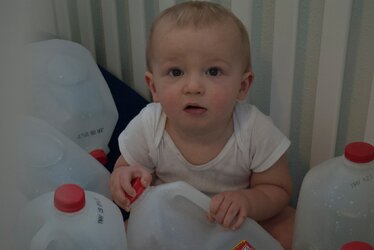
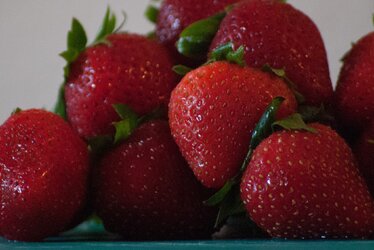
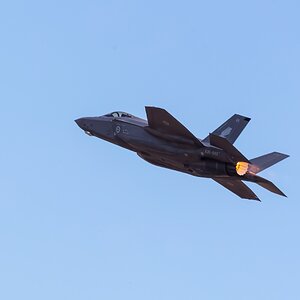
![[No title]](/data/xfmg/thumbnail/40/40307-b3813381d3c1ef8282c72905405b50fe.jpg?1619739413)
![[No title]](/data/xfmg/thumbnail/30/30987-a33ca8e90b5d786c21e59d37945b9cc6.jpg?1619734552)
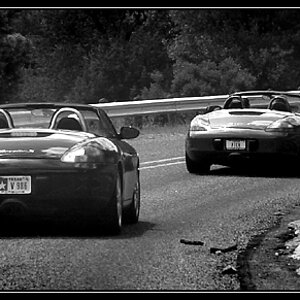
![[No title]](/data/xfmg/thumbnail/39/39292-4169a355b794ae9735845c4ad45d06ff.jpg?1619738958)
![[No title]](/data/xfmg/thumbnail/39/39293-55a527d2a9b287bf5e5b6d118abab22c.jpg?1619738958)
![[No title]](/data/xfmg/thumbnail/30/30988-aef3845b94a67d6dcce6e4e59d5d66c3.jpg?1619734553)
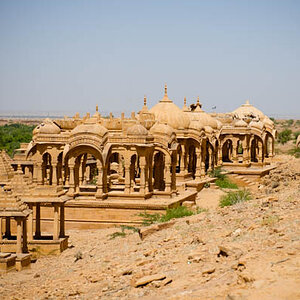
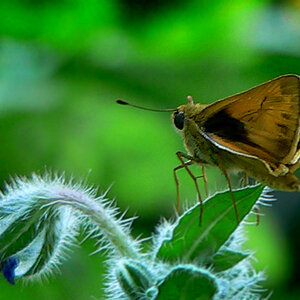
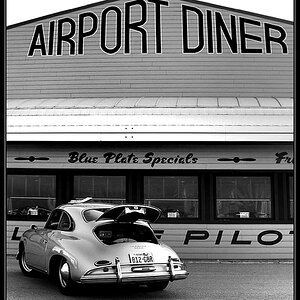
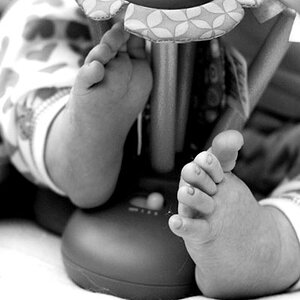
![[No title]](/data/xfmg/thumbnail/40/40308-f92e28f094216c151f3ad1fd7453c99b.jpg?1619739413)